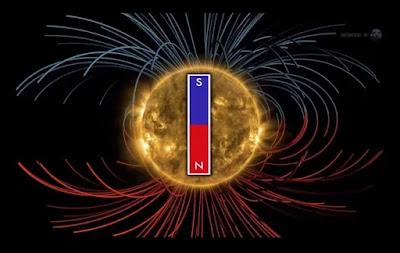A quasar (also known as a QSO or quasi-stellar object) is an extremely luminous active galactic nucleus. Most large galaxies contain a supermassive central black hole with mass ranging from millions to billions of Solar masses.
In quasars and other types of AGN, the black hole is surrounded by a gaseous accretion disk.
As gas in the accretion disk falls toward the black hole, energy is released in the form of electromagnetic radiation. This radiation can be observed across the electromagnetic spectrum at radio, infrared, visible, ultraviolet, and X-ray, and gamma wavelengths. The power radiated by quasars is enormous: the most powerful quasars have luminosities exceeding 10^41 watts, thousands of times greater than an ordinary large galaxy such as the Milky Way.
The term "quasar" originated as a contraction of quasi-stellar [star-like] radio source, because quasars were first identified during the 1950s as sources of radio-wave emission of unknown physical origin, and when identified in photographic images at visible wavelengths they resembled faint star-like points of light. High-resolution images of quasars, particularly from the Hubble Space Telescope, have demonstrated that quasars occur in the centers of galaxies, and that some quasar host galaxies are strongly interacting or merging galaxies.










